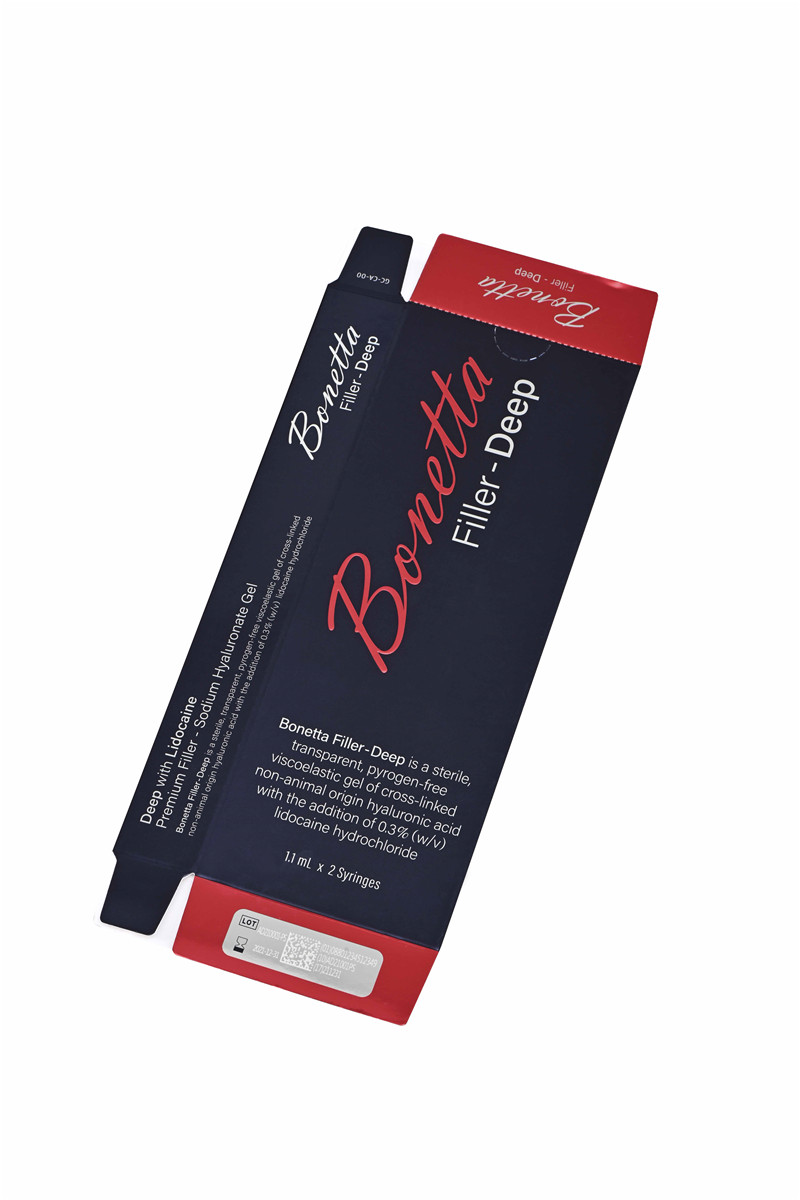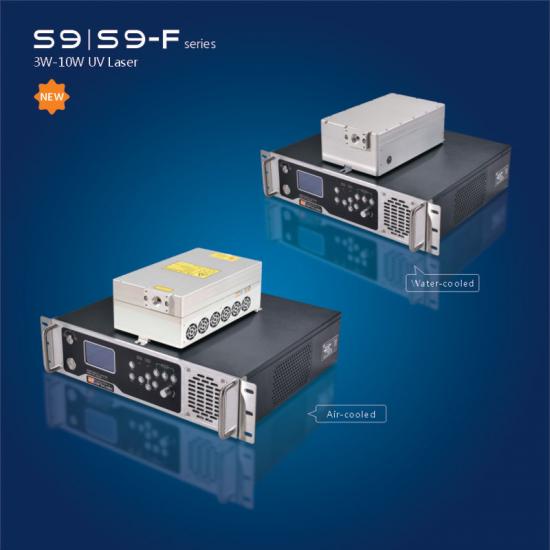"차가움"에서 "뜨거움"으로 355nm 레이저
Nov 03 , 2022355nm laser from "cold" to "hot"
The first ruby laser was introduced in 1960, and the first laser was developed in my country in 1961. For more than 50 years, laser technology and applications have developed rapidly due to the excellent performance of lasers with good monochromaticity, strong directionality, good coherence and high brightness. Among them, all-solid-state lasers have become one of the most promising research fields of laser technology due to a series of advantages such as small size, long life, compact structure, and easy maintenance.

As one of the current mainstream industrial-grade lasers, solid-state UV lasers are widely used in various industries based on their various performance advantages. Due to their narrow pulse width, multiple wavelengths, high output energy, high peak power and good material absorption, etc. Moreover, the wavelength of ultraviolet laser is 355nm, which belongs to the cold light source, which can be absorbed by the material better, and the damage to the material is also the smallest.
Principle of solid-state ultraviolet laser light output
The laser must have the above three parts, the working substance, the pump source and the optical resonator, and the laser using solid laser material as the working substance. Under the action of the pump source, the working substance undergoes a population inversion distribution and becomes an activated substance, which has the effect of light amplification. A part of the amplified light is fed back to participate in the excitation, and the resonator oscillates. After certain conditions are met, laser light can be generated.
1. Working substance: The core of the laser, only substances that can achieve energy level transition can be used as the working substance of the laser.
2. Pump source: its function is to give energy to the working substance and excite the atoms from the low energy level to the external energy of the high energy level. Usually there can be light energy, thermal energy, electrical energy, chemical energy and so on.
3. Optical resonator: make the stimulated radiation of the working substance continue; continuously accelerate the photons; limit the direction of the laser output.
355nm A laser that goes from "cold" to "hot"
Application and Development
3D printing and additive manufacturing: The ultraviolet laser under the control of the calculator scans the liquid photosensitive resin point by point and layer by layer with the outline of each layered section of the predetermined part as the trajectory, so that the scanned resin thin layer produces a photopolymerization reaction. Cured molding. The 3D printing industry has developed rapidly in the past two years, the SLA manufacturing process has become more complete, and the increasingly mature printing process has put forward higher requirements for ultraviolet lasers. Therefore, Beilin Laser has specially launched a 0.5-3W air-cooled UV laser (LP105) for 3D printing and additive manufacturing applications. 100kHz, high beam quality (M2 < 1.3), spot roundness > 90%, these strict parameter requirements can perfectly solve a series of problems such as insufficient hardness and color difference during the curing process, and the air-cooled cooling method makes the laser Smaller and easier to integrate the overall optical path of 3D printing.
Fine marking: The wavelength of ultraviolet laser is 355nm, which belongs to the cold light source, which can be better absorbed by the material and is less destructive to the material. It is widely used in fine marking on the surface of plastic, metal, ceramic, glass and other materials. With the increasing demand for industrialization, the application of flying marking is more popular, and the demand for power is also increasing. The 3-5W power range of the optional Bellin laser LP106 series adopts the new frequency doubling module temperature control design, the power output is more stable, and the pulse width is less than 15ns@30khz, which can be applied to more marking materials.
Material cutting: With the increase of UV laser power, the cutting field is also more widely used, suitable for materials such as cover film, PCB board, thin metal and silicon wafer. Compared with traditional CNC cutting, laser has unique and flexible processing of various curves and small-angle cutting, which is more efficient and can improve the yield of processed products. Taking the PCB board as an example, the material cladding is copper-aluminum metal, and it is processed by two different power ultraviolet lasers, 7W and 10W, to cut the PCB board. The edges of the section are neat and there is no sawtooth phenomenon. Both processing results are in line with the standard, and the 10W power processing is more efficient, which is more in line with the needs of manufacturing, and also means that high-power UV laser equipment will become more and more popular in future cutting applications.
자외선 레이저의 개발 동향
355nm "차가움"에서 "뜨거움"으로 가는 레이저
현재 주류 산업 등급 레이저 중 하나인 고체 UV 레이저도 성장하고 있습니다. 실험실의 첫 번째 UV 광선부터 고객의 손에 있는 완성된 레이저 장비에 이르기까지 레이저 성능은 더욱 우수하고 안정적이며 서비스 수명은 더 길고 안정성은 더 우수하고 효율적입니다. 전통적인 모드 레이저는 일반적으로 전기 및 광학의 두 가지 독립적인 부분으로 나뉩니다. 소프트웨어 및 제어 부품은 전기 제어 상자 내부에 조립되며 광학 장치는 레이저 캐비티에서 독립적입니다. 연결선과 공간 이용에 불편함이 있을 것입니다. 장치에서 더 많은 공간을 차지합니다.
앞으로 산업화된 제품은 편리함과 통합의 방향으로만 움직일 것입니다. 크기가 작고 무게가 가벼우며 회로와 광학 경로가 통합되어 있고 출력이 높고 안정성이 뛰어난 레이저도 마찬가지입니다. 따라서 고출력 통합 모델은 필연적인 발전 추세가 되었습니다. 오늘날 레이저의 국산화와 함께 Beilin Laser의 고출력 15W 고체 UV 집적기는 트렌드를 선도하고 업계의 최전선에 있습니다.
355nm 레이저: https://www.rfhtech.com/s9-series-3w-5w-10w-uv-laser_p9.html
